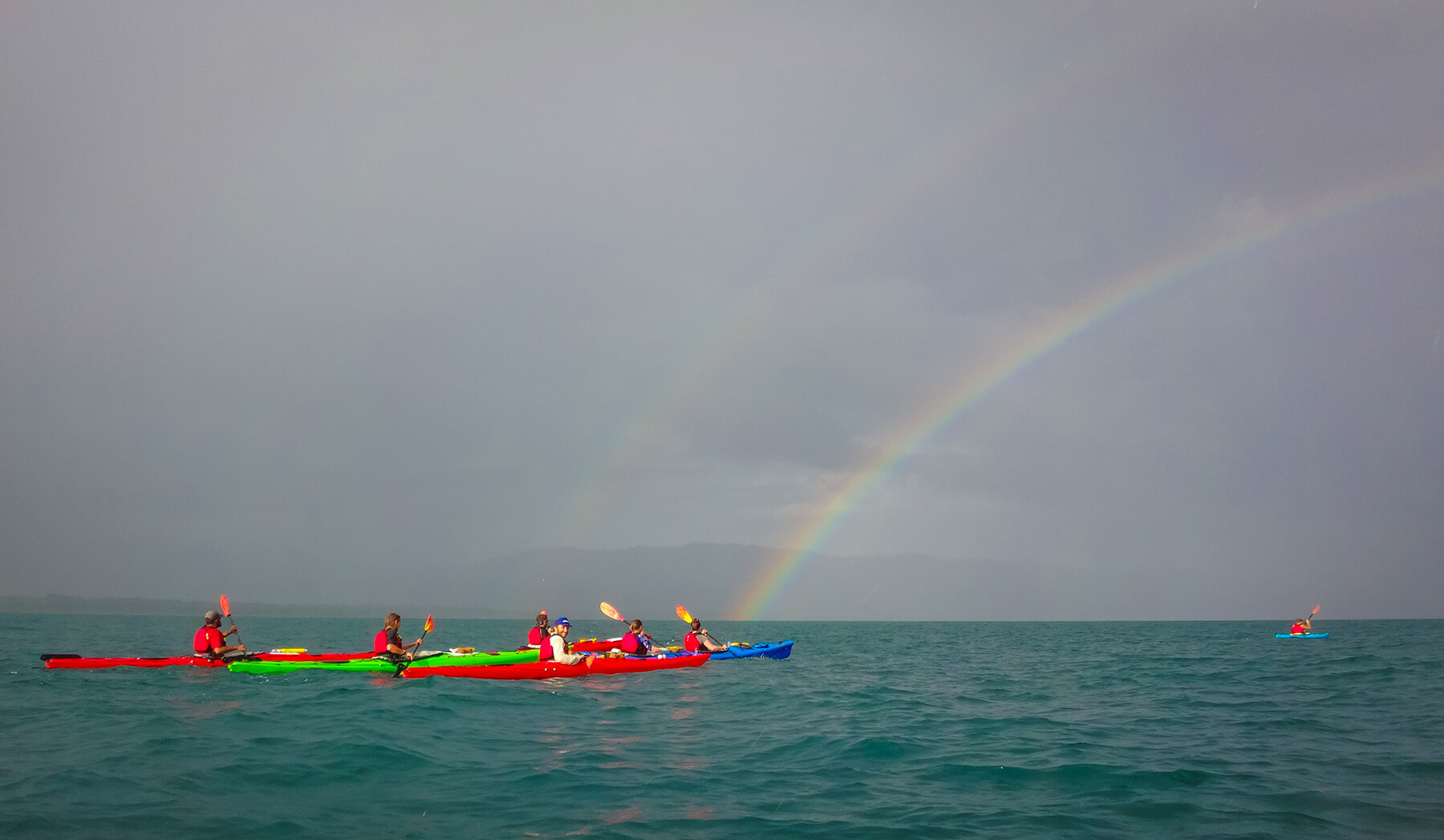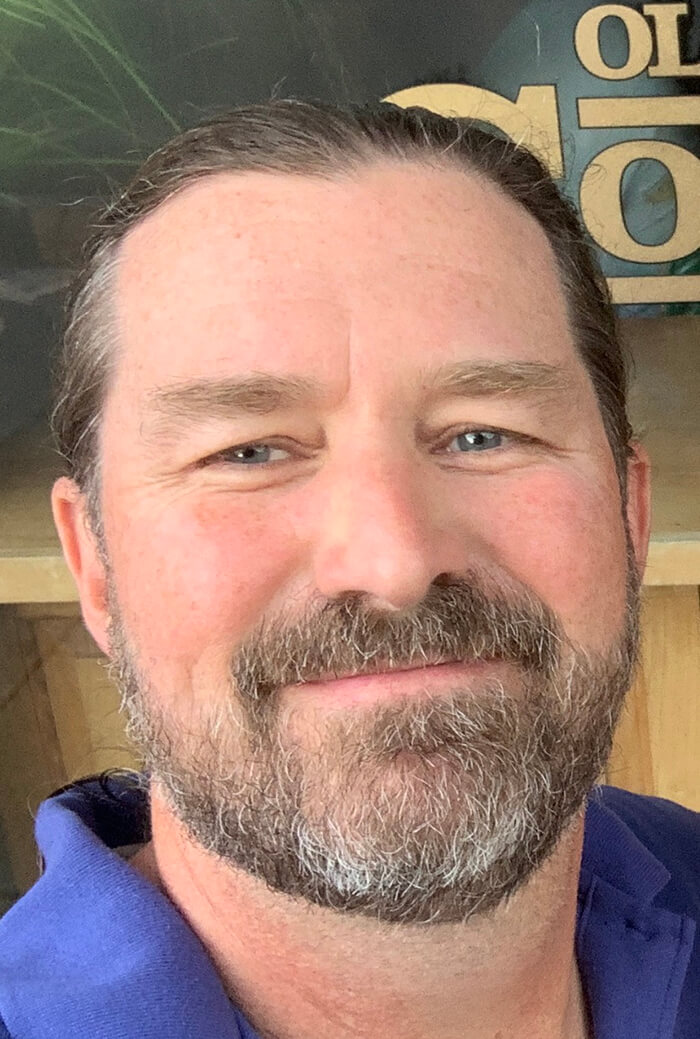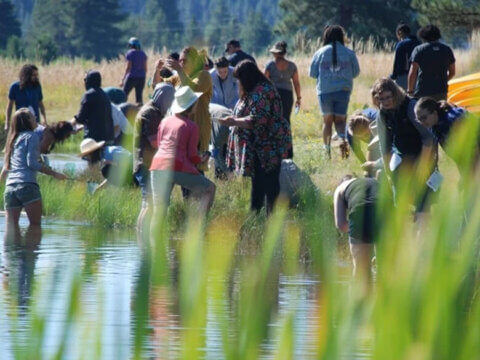Worth the risk: Outdoor education offers beneficial risks for all
“The word ‘risk’ derives from the early Italian risicare, which means ‘to dare’. The actions we dare to take, which depend on how free we are to make choices, are what the story of risk is all about. And that story helps define what it means to be a human being.”
– Peter Bernstein, Against The Gods: The Remarkable Story of Risk
Any outdoor educator, program administrator or preschool advocate who has tried to start a new outdoor program has inevitably run into challenges around liability, insurance and risk management. Perhaps your school or community is risk averse, like much of mainstream, contemporary western society. There may even be laws (or precedent-setting cases) that make it harder for parents and community members to get an outdoor program up and running. The entire premise behind the concept of “risk management” is that risk is purely a bad thing that we need to “manage” — something to minimize, mitigate, transfer or eliminate altogether.
Another term that gets used a lot in this same conversation is “safety,” which leads us to think in binary, absolute terms (e.g. a program is either “safe” or “not safe”, a metric usually applied in hindsight, after something has gone wrong). A common definition of safety is “freedom from risk of harm.” Yet, anyone who has paddled a river, hiked in a forest, climbed a mountain or simply driven to a trailhead knows that they were not, in fact, completely “free from risk” — and that an element of risk and challenge added value to their experience and sense of accomplishment. Outdoor experiences, much like life, are never completely safe or completely unsafe. There are hazards, both physical and emotional, which need to be effectively assessed and managed. Rather than framing an outdoor activity in terms of “safety,” it’s much more useful to talk about outdoor experiences in terms of “risk,” which we can expand to see not only as a bad thing, but as a potentially good thing. Risk is uncertainty, with a potential for either loss, or gain (as highlighted by the Bernstein quotation above). A litigious, risk-averse society may have trained us to focus on potential for loss, but to optimize our outdoor experiences, we also need to focus on the gains that arise from beneficial risks.
Being in unfamiliar terrain, either physically, emotionally or interpersonally, can help people learn and grow outside of their comfort zone. For example, I started rock climbing many years ago not because I wanted to be a great alpinist, but because I knew I had a fear of heights and didn’t want to be governed by my fears. For me, climbing helped me overcome those fears and to trust myself, while for others, it might be more an exercise in learning to trust others. A well-designed climbing program can offer well-managed, beneficial risks for either situation.
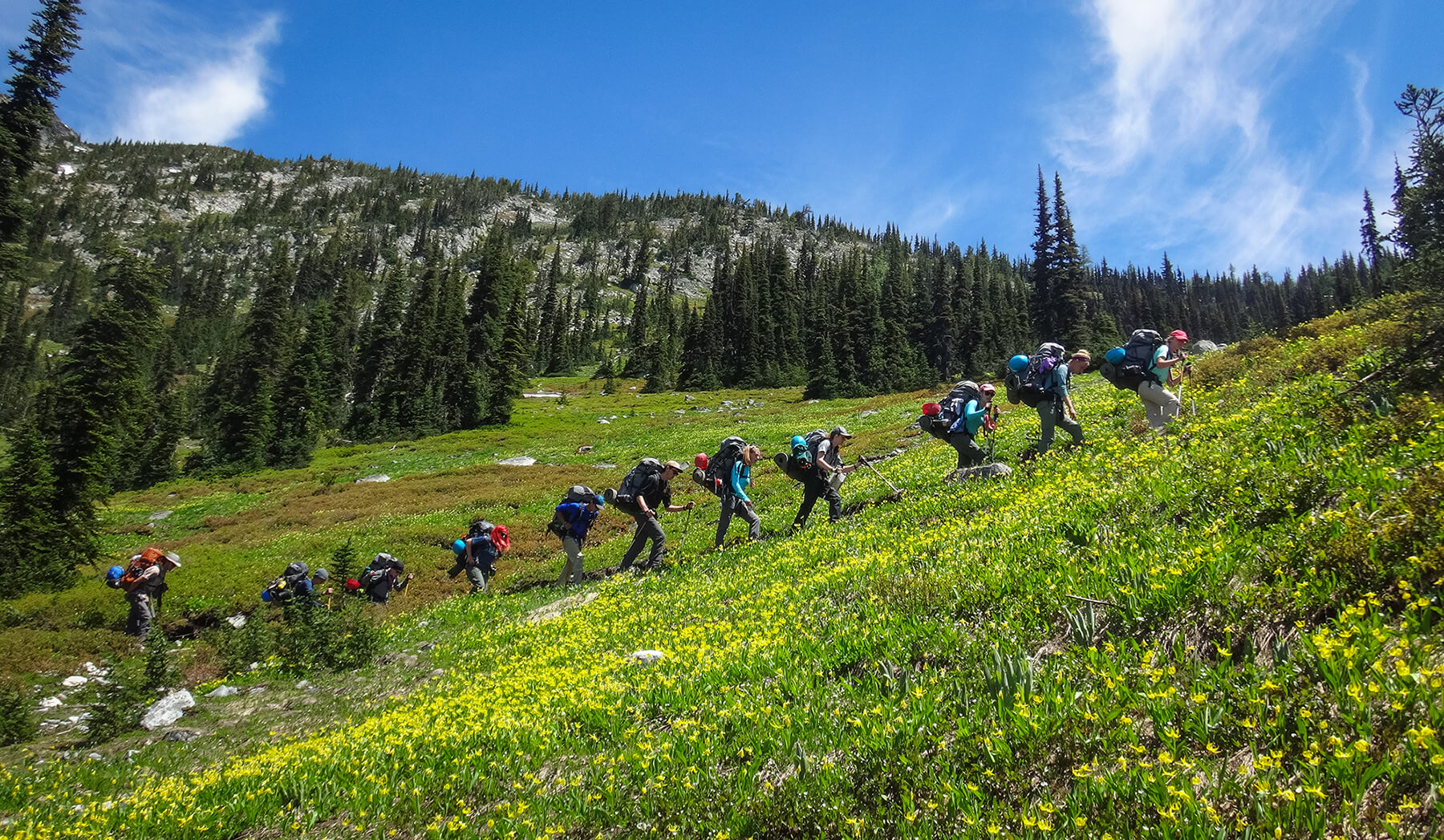
Photo by Luke O’Neill
A resource for children and nature leaders
The Children & Nature Network has served as a champion of research into the benefits of time in nature for people’s health and well-being, supporting a global network of people and organizations committed to connecting people to those benefits. If we expand our definition of “safety” to be more about the “beneficial risks” of outdoor experiences, we begin to equip children and nature leaders with powerful tools to advocate for and build outdoor programs with risk as an essential, inherent and relevant ingredient — rooted in mission and educational outcomes.
Beneficial Risks (published in 2021) is a new book for schools and institutions running outdoor programs. A central premise of the book is that people need to be challenged (and supported) in different ways, and that we don’t all want or need the same kind of exposure to risk. Acknowledging that this work impacts communities inequitably, there is a chapter on aligning your organization’s equity and inclusion efforts with risk management systems and building trauma-informed approaches to program design and delivery.
But, how do we all agree what “safe” means?
Of course, different individuals, programs and cultures will have very different understandings of what “safe” looks like. An avalanche risk that is perfectly acceptable for clients of a mountaineering guide service might be utterly inappropriate for a school group. Beneficial Risks includes a section that helps programs consider and articulate their risk tolerance — or some would say, risk appetite — as an organization and to thereby be better positioned to help students, parents, staff and stakeholders self-select programs that are good fit for them.
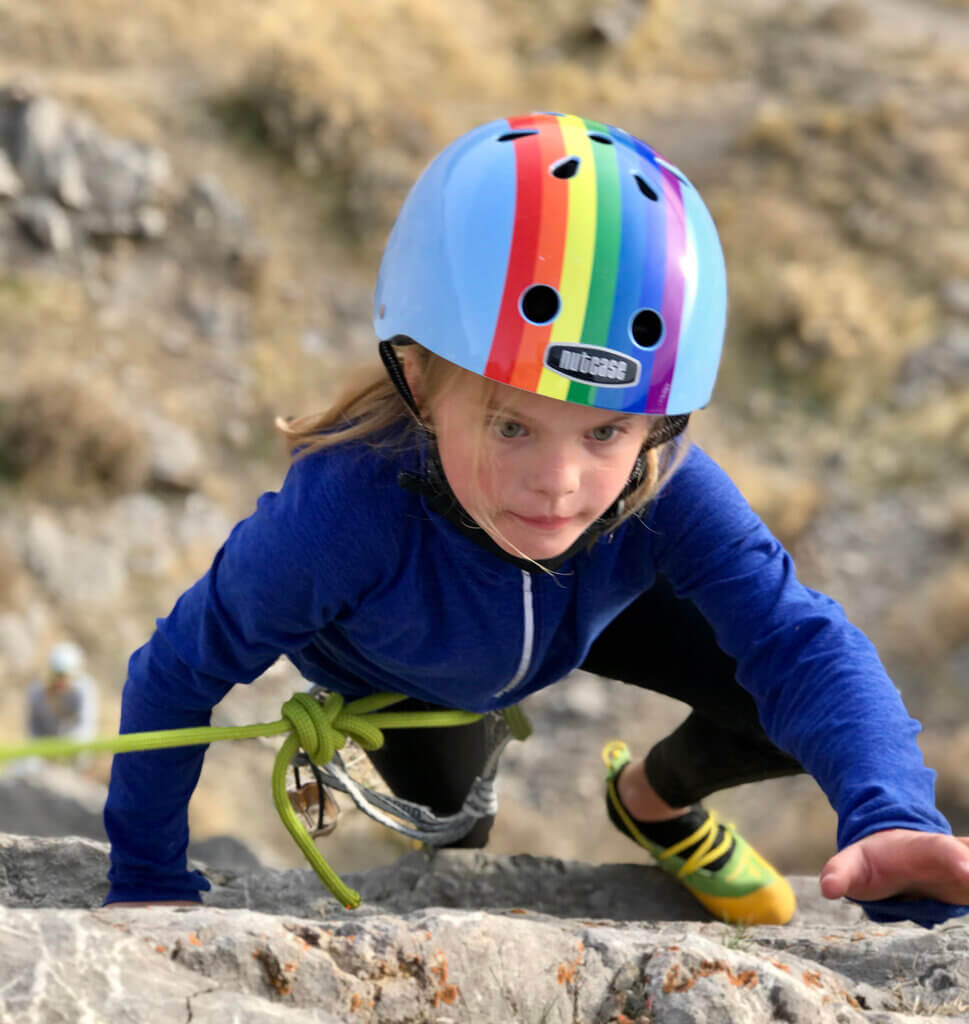
Photo by Jeff Rose
By pursuing intentional program design with beneficial risks as an essential ingredient rather than something we are trying to minimize or eliminate, outdoor programs can create inclusive, educational outdoor experiences for all
Declaration: Risk in Play & Learning
Raising wild kids: Why I endanger my kids my kids in the wilderness
Research:
What is the relationship between risky outdoor play and health in children? A systematic review
Rewilding education? Exploring an imagined and experienced outdoor learning space
Find more studies on the benefits of risk in our Research Library
-
Network News
Earth Day: Young leaders advocate for change
-
Feature
Nature photographer Dudley Edmondson has a vision for the representation of Black and Brown faces in the outdoors
-
Richard Louv
EARTH MONTH: You're part of the New Nature Movement if....
-
Voices
Placemaking: How to build kinship and inclusive park spaces for children with disabilities
-
Network News
Children & Nature Network founders release report on global factors influencing the children and nature movement


